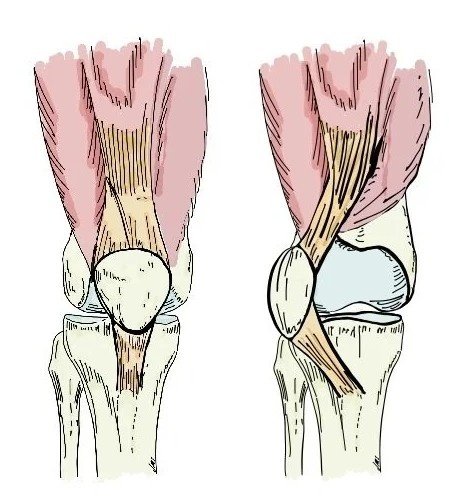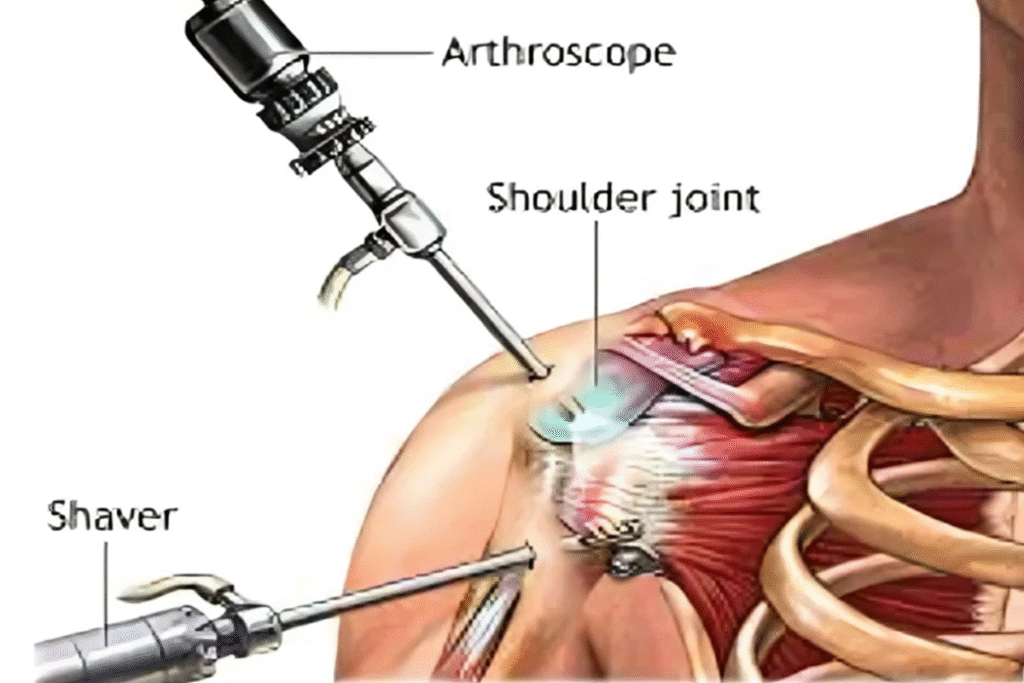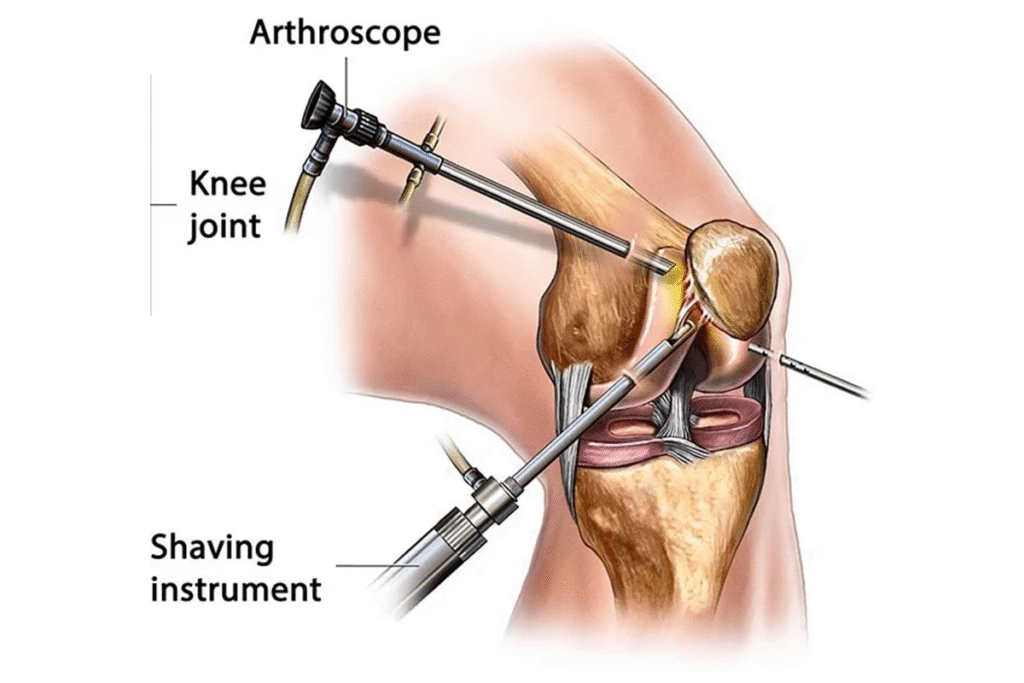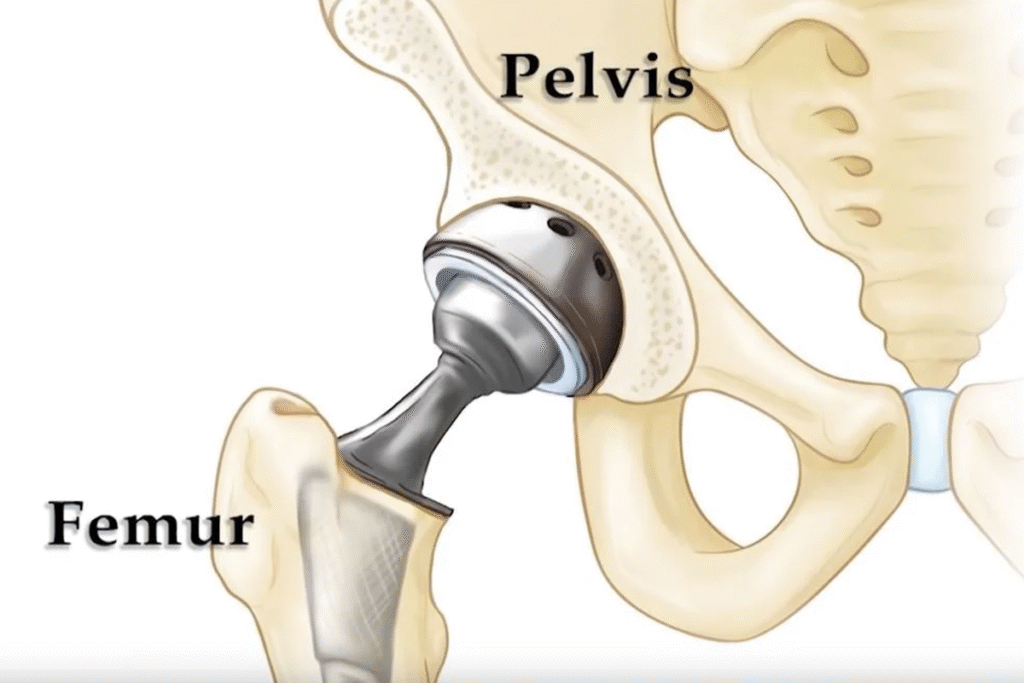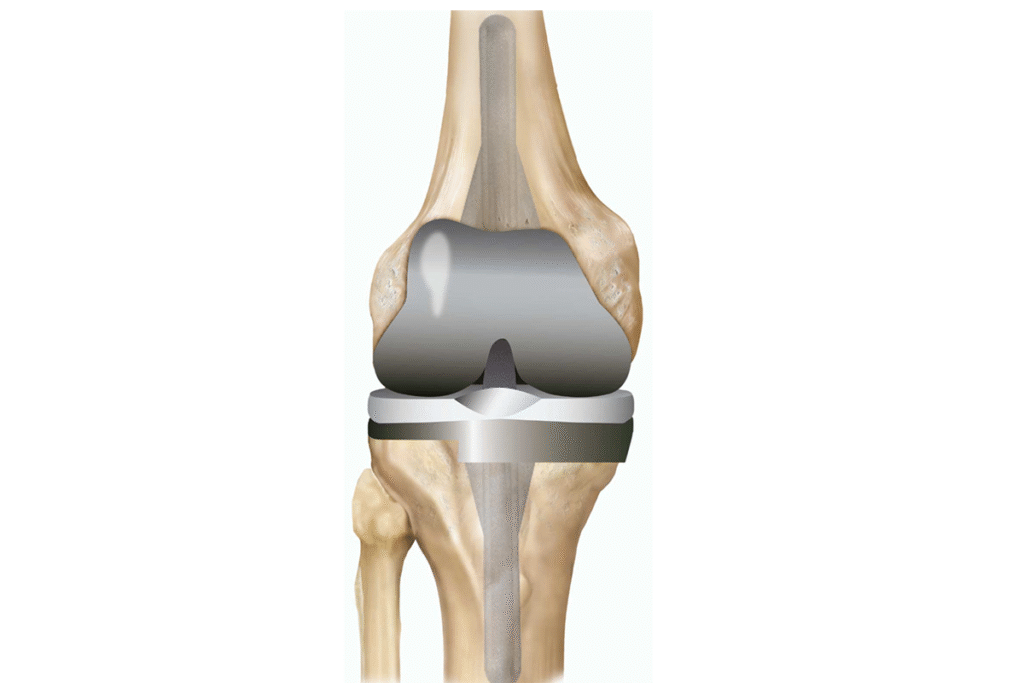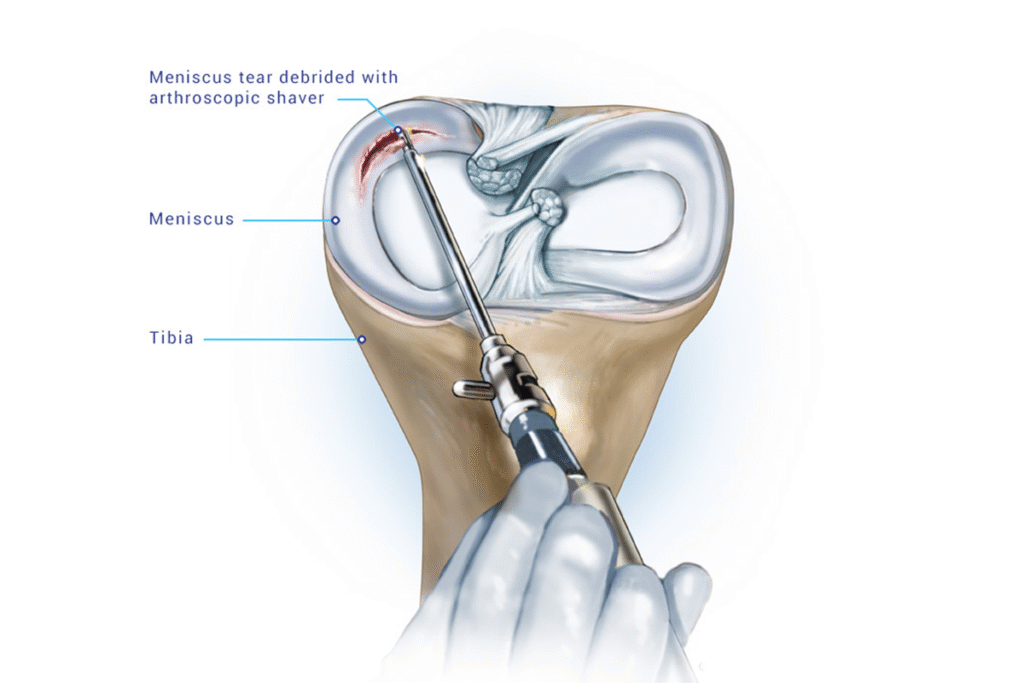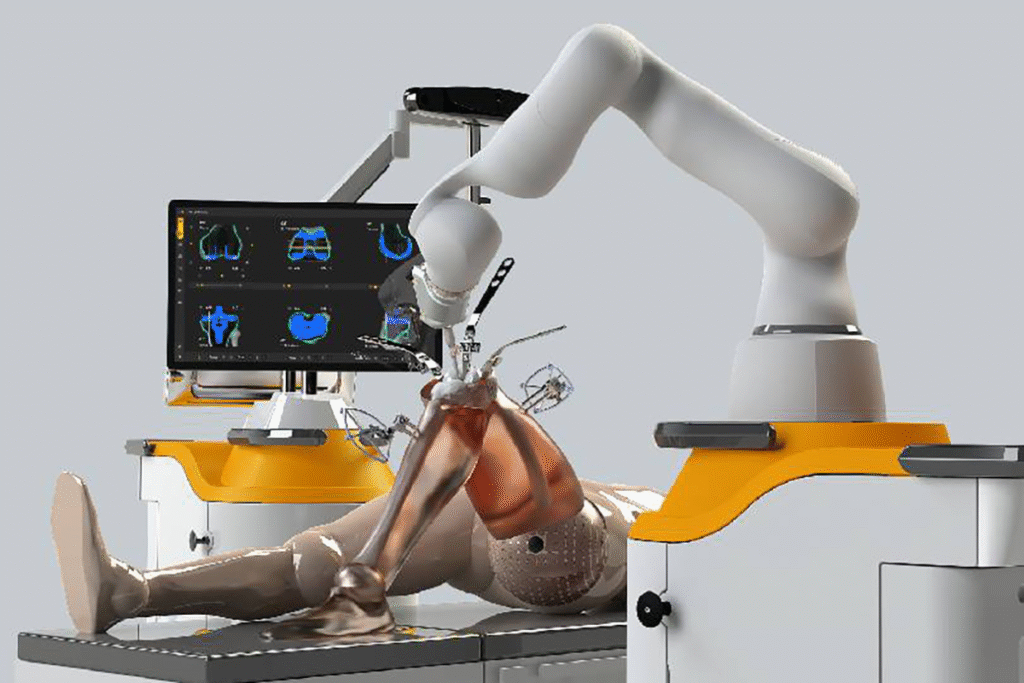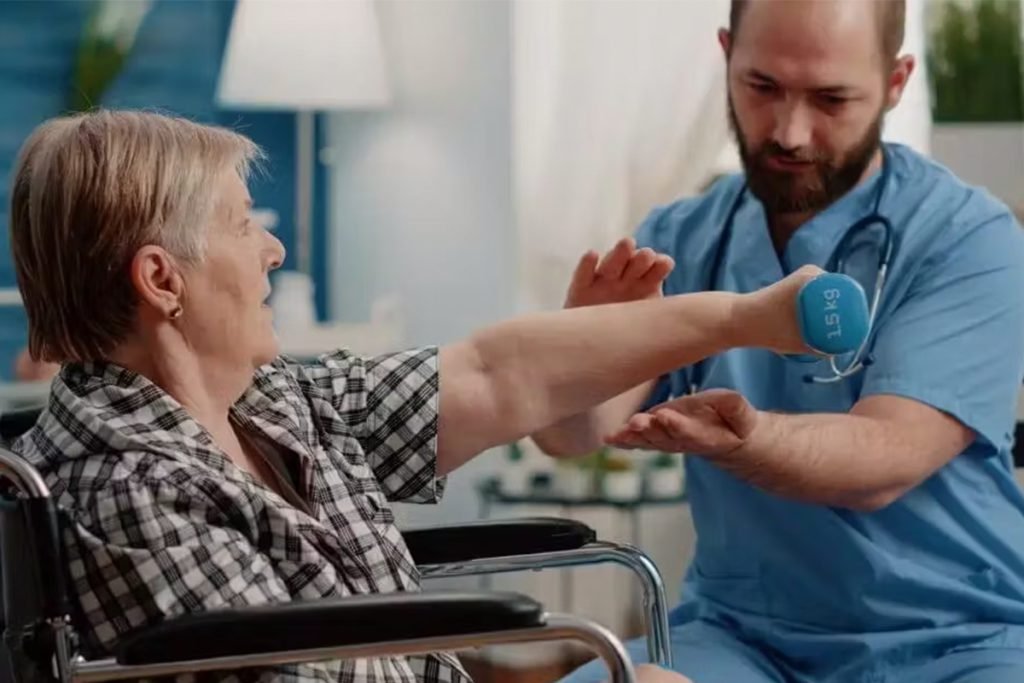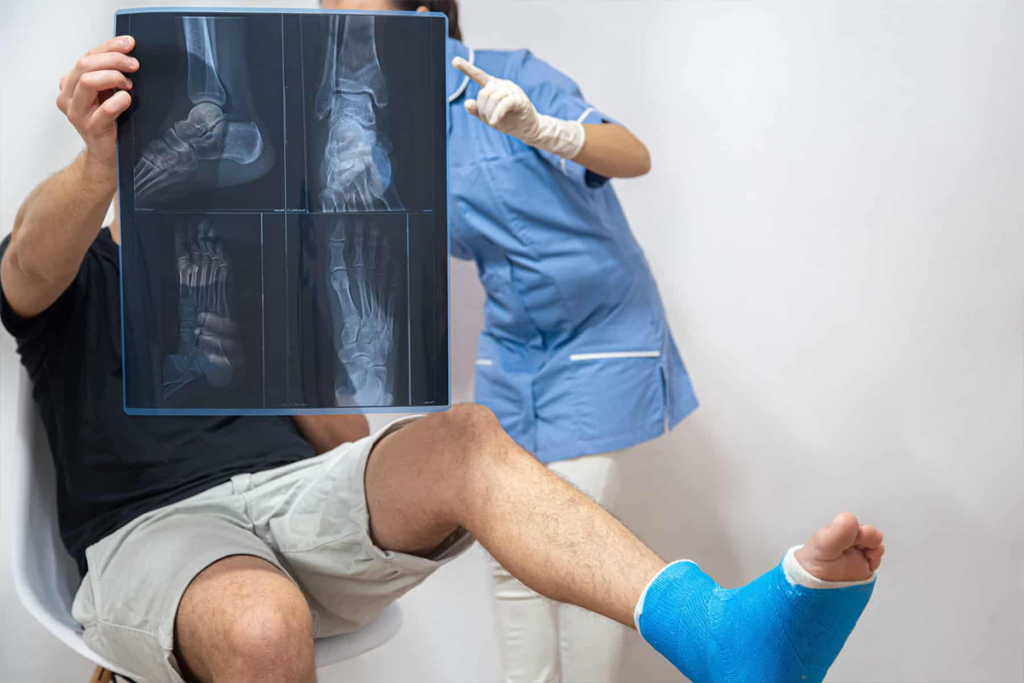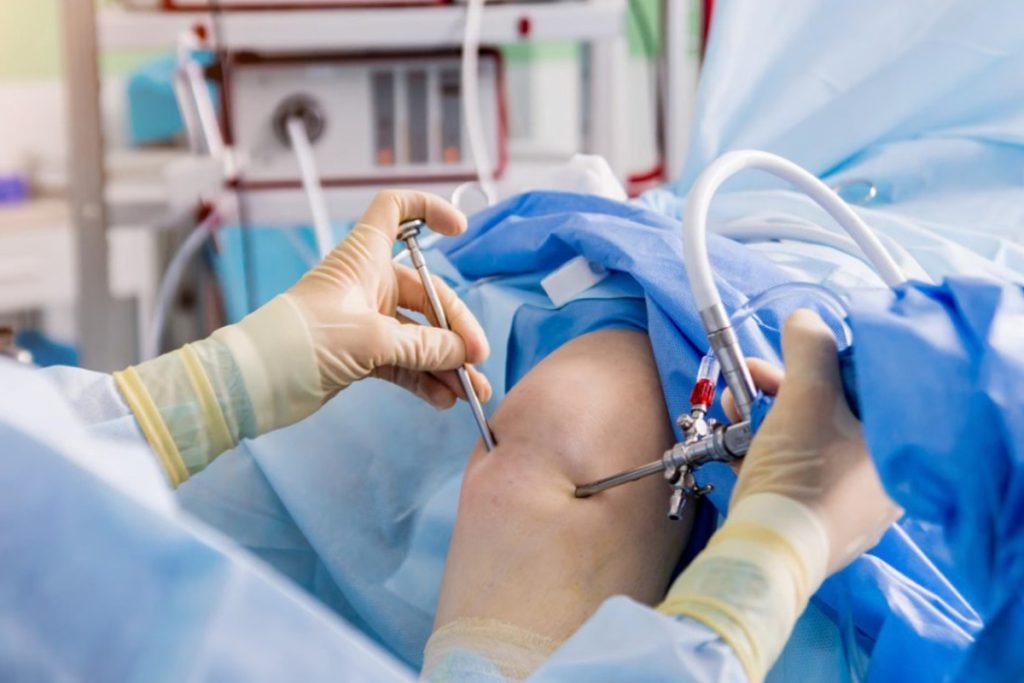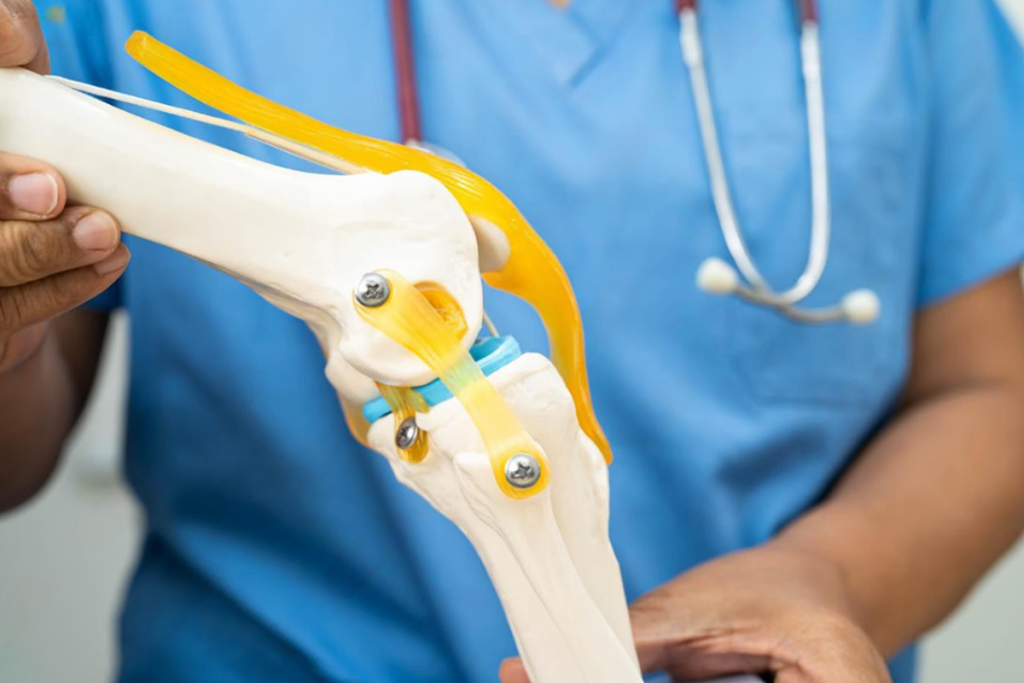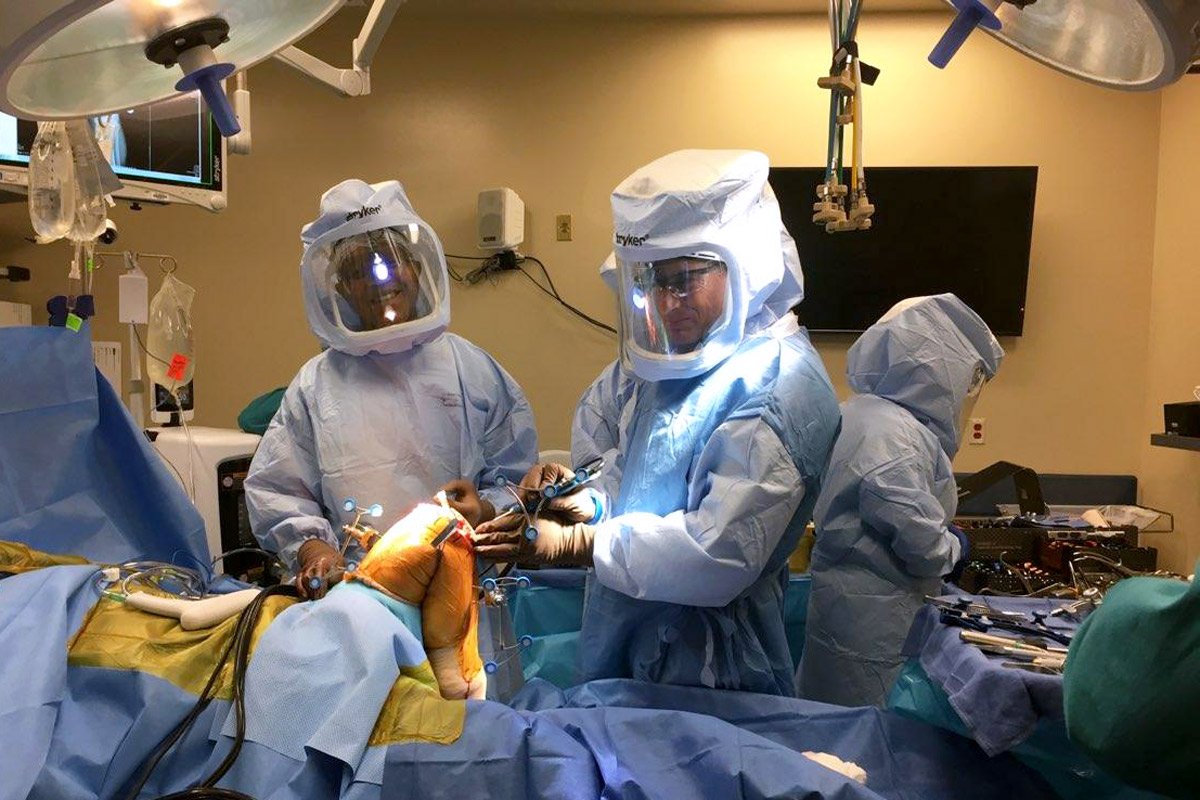Knee pain and instability can significantly impact daily activities, particularly when involving the kneecap (patella). If you’re looking for the Best Patellar Instability Treatment in Gurugram, Dr. Guruditta Khurana stands out as a trusted name in orthopaedic care. With years of experience, advanced medical expertise, and a patient-focused approach, Dr. Khurana ensures effective recovery and long-term knee stability.
Join our online community! Follow us on:https://www.youtube.com/@RoboticOrthodoc_Guruditta
Understanding Patellar Instability
Patellar instability occurs when the kneecap moves out of its normal position, often sliding out of the groove at the end of the femur. This condition can cause pain, swelling, and a feeling of the knee “giving way.” It often results from trauma, ligament weakness, or an underlying anatomical imbalance.
Patients suffering from this condition experience discomfort during walking, climbing stairs, or even simple movements like sitting and standing. The Best Patellar Instability Treatment in Gurugram focuses not only on correcting the dislocation but also on restoring strength, alignment, and confidence in knee movement.

Why Patellar Instability Requires Expert Care
Patellar instability is a complex issue that involves bones, muscles, and ligaments. A mismanaged diagnosis or improper treatment can lead to chronic knee problems or repeated dislocations. That’s why consulting a highly qualified orthopaedic specialist like Dr. Guruditta Khurana is essential.
As one of the leading orthopaedic surgeons in Gurugram, Dr. Khurana combines advanced imaging, personalized assessments, and evidence-based treatment plans to deliver the Best Patellar Instability Treatment in Gurugram. His comprehensive approach helps patients regain knee strength, improve stability, and return to normal function faster.
Dr. Guruditta Khurana’s Expertise in Knee and Sports Injuries
Dr. Guruditta Khurana is widely recognized for his specialization in arthroscopic and sports injury surgeries, including complex knee conditions like patellar instability, ACL tears, and meniscus injuries. His deep understanding of knee biomechanics allows him to identify the root cause of instability and provide the most suitable treatment—whether surgical or non-surgical.
Over the years, he has successfully treated numerous patients with chronic knee instability, helping them achieve long-term recovery through minimally invasive procedures. His focus on precision and rehabilitation makes him the preferred choice for patients seeking the Best Patellar Instability Treatment in Gurugram.
Comprehensive Diagnosis for Accurate Treatment
Every successful treatment begins with a detailed and accurate diagnosis. At Dr. Khurana’s clinic, patients undergo a thorough clinical examination supported by advanced imaging techniques like MRI and digital X-rays. This helps determine the extent of damage to the ligaments, cartilage, and alignment of the patella.
Based on the findings, Dr. Khurana designs a personalized treatment plan that addresses the specific needs of each patient. His goal is not only to treat the immediate problem but also to prevent future dislocations and complications—ensuring sustainable knee health.
Advanced Treatment Options
Dr. Guruditta Khurana offers a wide range of advanced treatment options for patellar instability, ensuring each patient receives the best care possible. His treatments include both conservative and surgical methods:
1. Non-Surgical Management
For mild cases, non-surgical treatments like physiotherapy, bracing, and muscle-strengthening exercises are highly effective. Dr. Khurana focuses on improving the balance between the quadriceps muscles and stabilizing ligaments to enhance joint stability.
2. Arthroscopic Surgery
When conservative treatments are insufficient, arthroscopic surgery provides a precise and minimally invasive solution. Dr. Khurana performs arthroscopic realignment and ligament reconstruction, allowing patients to recover faster with minimal scarring and reduced postoperative pain.
3. Medial Patellofemoral Ligament (MPFL) Reconstruction
This is one of the most effective surgical procedures for treating chronic patellar instability. Dr. Khurana specializes in MPFL reconstruction using advanced graft techniques to restore stability and prevent recurrent dislocations.
With his vast experience and advanced surgical skills, Dr. Khurana ensures that patients receive the Best Patellar Instability Treatment in Gurugram with long-lasting results.

Patient-Centered Care and Rehabilitation
Recovery doesn’t end with surgery. Dr. Khurana’s approach focuses equally on post-treatment rehabilitation, which plays a crucial role in restoring strength and movement. His team of physiotherapists guides patients through customized rehabilitation programs designed to improve flexibility, balance, and endurance.
By emphasizing holistic care, Dr. Khurana ensures that every patient returns to their daily routine with confidence and reduced risk of recurrence. This integrated care model sets him apart as a leader in providing the Best Patellar Instability Treatment in Gurugram.
Why Choose Dr. Guruditta Khurana?
Several key factors make Dr. Guruditta Khurana the most trusted name for knee and sports injury treatments in Gurugram:
- Extensive Experience: Years of specialized practice in orthopaedic and sports medicine.
- Precision Diagnosis: Use of advanced diagnostic tools for accurate assessment.
- Modern Techniques: Expertise in minimally invasive arthroscopic surgeries.
- Personalized Approach: Tailored treatment plans for every patient’s unique needs.
- Comprehensive Rehabilitation: End-to-end support from diagnosis to recovery.
Patients appreciate his compassionate care, clear communication, and dedication to helping them live pain-free and active lives.
Conclusion
Patellar instability can significantly impact your mobility and quality of life, but with the right specialist, recovery is absolutely achievable. Dr. Guruditta Khurana offers the Best Patellar Instability Treatment in Gurugram, combining advanced medical expertise, state-of-the-art techniques, and a patient-first philosophy.
If you or a loved one is struggling with knee instability, don’t delay seeking expert care. Schedule a consultation with Dr. Guruditta Khurana today and take the first step towards lasting knee stability and a pain-free future.

